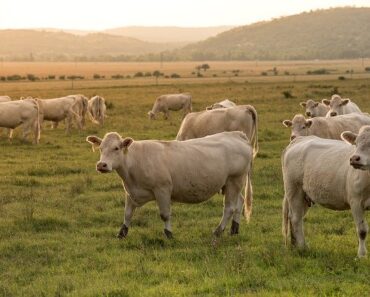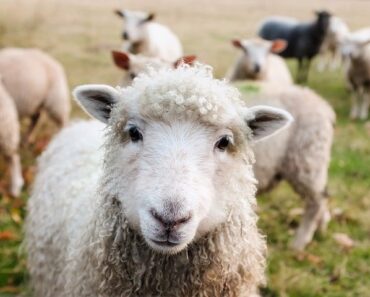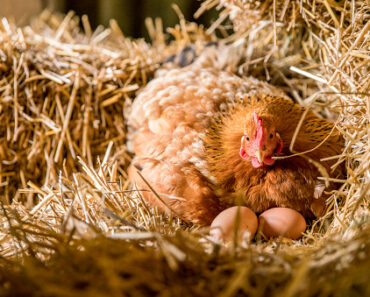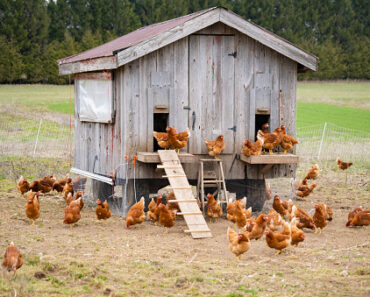
It is in fact a symptom: any abdominal pain is called “colic”. The causes can therefore be very diverse…Some are benign, others, more serious, can put your horse’s vital prognosis at stake. Therefore, colic should always be taken seriously and considered an emergency. Here are a few guidelines to better understand what it is, and how to best respond to the problem.
What are the different types of colic in a horse?
Colic is usually classified according to two criteria: the organ or region affected and the type of lesion.
First of all, colic can be due to a digestive dysfunction. It then concerns the stomach, the small intestine, the cecum or the colon: these are the so-called “digestive” colics. Sometimes, they may involve other organs in the abdominal cavity, such as the kidneys, liver or genitals, and are referred to as “extra-digestive”.
The lesions may be :
-tympanism: the organ (usually the stomach or intestines) is then distended by gases (usually resulting from the fermentation of food),
-obstruction: by food, sand, parasites, a twist, a tumor…The transit is then interrupted, and the food accumulates upstream, causing dilatation and therefore pain. If the blood circulation is also interrupted at the level of the obstruction, it is a “strangulated obstruction”, which is an absolute emergency because of the risk of tissue necrosis,
-a circulation problem: thrombus, damage to the vessels by parasites,
-other very general causes: ulcers, peritonitis, extra-digestive disorders…
Why do horses get colic?
The origin of colic is not always easy to determine. What is certain is that the horse is a species naturally predisposed to digestive colic:
First of all, chewing is a very important step in the digestion process. It requires regular teeth and good salivation. However, the horse’s teeth grow continuously, but do not always wear evenly. Furthermore, salivation depends on the type of food, which must be of good quality.
On the other hand, the stomach has a very small volume in proportion to the size of the horse. It is therefore easily distended, especially since the horse cannot vomit. Food quickly accumulates in excess during obstruction, or in the case of gluttonous horses, which swallow a very large quantity of food quickly.
The second common cause of colic is parasitism. It is believed to be responsible for 10 to 20% of fatal colic, especially in young horses. The main parasites involved are strongyles, roundworms, cestodes and gastrophile.
In addition to this, stress (linked to transport or weather conditions), the horse’s activity, the type of bedding (which it may be tempted to ingest) or medical history.
How do I know if my horse is colicky?
By definition, a colicky horse is a horse in pain. The pain may be mild or very severe. The appreciation that one can have of it is quite relative, all the more so as certain horses that are more “cozy” will tend to exaggerate the pain, while others will only very discreetly show intense pain…
Generally speaking, the more the horse is in pain, the more severe the colic.
So, if your horse looks at its belly, scratches the ground, or lies down often, we can assume that the pain is mild. If he rolls on the ground, positions himself as if to urinate or hits his stomach with his hind legs, the pain is more severe. Finally, if he sweats, or drops to the floor, the pain is probably very acute. Some horses will only show pain by shaking, or a slight grinding of the teeth. The owner is in the best position to know if the horse is “not feeling well”.
In some cases the horse may be constipated, or produce droppings that look altered. The horse generally refuses to eat. They may be very anxious and agitated, or conversely, slaughtered and lying down.
My horse is colicky, what should I do?
First of all, don’t panic. If you suspect colic, notify your veterinarian as soon as possible. Describe the situation calmly over the phone. While waiting for his arrival :
- If your horse remains calm, you can initially make him walk. This will help relieve the pain and may be enough to get rid of some colic. If he is too agitated, it is better to leave him in the stable to avoid an accident.
-If he still has an appetite, remove his food and put a basket in his mouth to prevent him from eating. First, you can leave a little water at his disposal. The veterinarian will then tell you whether or not to remove it.
Caution: If you are in possession of pain treatments, warn your veterinarian and always ask him/her for advice before administering it! Indeed, by masking the pain, these treatments may hinder the veterinarian in his diagnosis.
Upon arrival, the veterinarian will conduct a clinical examination of the horse, if possible in a spacious and well-lit stall. The objective is to try to locate precisely the origin of the pain. If necessary, he will administer a sedative so that the horse does not injure itself by being agitated or rolling around.
Gather certain information that will be valuable, such as the time of onset of the pain, the last meal, the last dung, the horse’s activity and living conditions, as well as the deworming protocol that you apply. Also specify any recent treatments or changes in diet. If the mare is pregnant or possibly pregnant, it is important to indicate this. On the other hand, if you have the impression that your horse is getting better, that walking relieves it, or on the contrary if you see that the pain is getting worse, report it to the veterinarian.
If the size of your horse allows it, a transrectal palpation will surely be performed. This is the test of choice to diagnose the origin of colic. It allows us to palpate different organs through the wall of the rectum and to detect certain anomalies in the appearance of the colon, small intestine, spleen, kidney…
On the other hand, remember, horses have the peculiarity of not being able to vomit. Thus, the installation of a naso-gastric tube, allowing the emptying and examination of the stomach contents, can relieve the horse and provide useful information for the diagnosis. You can provide the veterinarian with buckets of warm water, as well as a twist nose if the horse tolerates it. It is important that the horse does not move during this procedure. The presence of a few qualified people to ensure proper restraint is appreciated.
Be careful, do not attempt to perform these procedures yourself, because when they are performed incorrectly, they can cause serious complications, such as rectal lacerations or pneumonia!
At the end of these examinations, the veterinarian can prescribe medical treatment or, if he considers it necessary, offer you hospitalization or even surgery. You must then be ready to make a decision very quickly, being aware of the very high cost of colic surgery and the relative chances of recovery. It is preferable to have already thought calmly about the possibility of surgery and to know if it is a viable option for you. Also think about the need to transport your horse quickly, which can be a problem if you don’t have a van.
How can you prevent colic?
Because prevention is always better than cure, here are some reflexes to have to prevent the appearance of colic.
To limit as much as possible the risk factors related to diet :
-Distribute forages before concentrates, ideally 45 minutes beforehand. Eating fodder promotes salivation and prepares the stomach to receive the concentrates, so that they can be better digested.
-The ration should always be well adapted to the physical activity of the horse.
-Distribute meals at regular times, dividing them up as much as possible.
-Dietary changes should be avoided, as they modify the flora and are therefore a source of gastritis or excessive fermentation. If they are unavoidable, respect a long and gradual transition between the two diets.
-The horse must have permanent access to good quality water.
-Have the teeth checked every year.
To avoid the inconvenience of parasitism, deworm your horse regularly. If necessary, review the deworming regimen with your veterinarian to ensure effective protection against all parasites your horse may encounter.
In addition, make sure your horse gets enough exercise on a regular basis, as this contributes to the proper functioning of its transit. Limit sources of stress by providing a calm environment and transportation, and by establishing a routine for activities and meal distribution.






